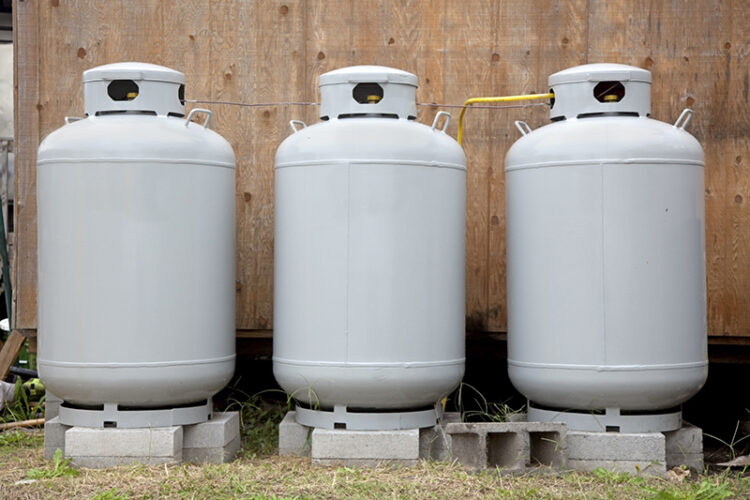
- By gb0iL-admin
- In Uncategorized
Propane and the Environment Part 3
Propane is a clean energy solution because propane is an environmentally friendly fuel.
Because energy usage is a complex topic, let’s look at some of the most common myths and misunderstandings about propane.
Last month, we looked at myths 7-12 regarding propane and the environment. This month, we’ll be taking a look at myths 13-17:
Myth #13: Electrifying everything will eliminate carbon in the atmosphere
Not until the electric grid is 100% renewable. In 2020, 60% of all electrical power generation in the United States came from burning coal or natural gas. Even electrification advocates admit electrifying everything will take over 20 years and cost about $20-$25 trillion. Clean and renewable energy like propane can accelerate decarbonization today.
Myth #14: Electric vehicles create no environmental damage
While most electric vehicles produce fewer greenhouse gas emissions than their gasoline-powered counterparts, carbon still runs through them in the form of grid electricity, and more than 60% of energy used for grid electricity generation is lost in conversion. And as the New York Times reports, “Like many other batteries, the lithium -ion cells that power most electric vehicles rely on raw materials — like cobalt, lithium and rare earth elements — that have been linked to grave environmental and human rights concerns.”
Myth #15: Small propane canisters can’t be re-used
These days, they can! The propane industry is continuously innovating, both at the industrial end of the marketplace and for families enjoying a camping trip with the Little Kamper’s exchange service, for example, or Ignik’s stylish and refillable gas growler. Both provide refillable, no-waste solutions for heat and cooking outdoors.
Myth #16: Propane contains methane
False. Propane contains zero methane.
Global warming potential (GWP) is a measure of the relative global warming effects of different gases. The higher the GWP number of a given gas, the more warming of the Earth compared to CO2 over a comparable time period. Carbon dioxide has been designated by the Intergovernmental Panel on Climate Change as the reference/baseline gas, so it has a GWP of 1. Because of its low carbon chemistry, propane has a GWP of 5, much lower than emissions from other energy sources.
Methane, on the other hand, is the primary component of natural gas and a powerful greenhouse gas. When released into the air, methane is slow to break down and produces a global warming effect 28 times that of CO2 over a 100-year period. Measured over a 20-year period, that ratio grows to 84-86 times more powerful than CO2. The bigger challenge? Scientists, including the Environmental Defense Fund estimate that at least 25% of today’s warming is driven by methane releases.
Myth #17: Hydrogen is emission free
Not Actually True. Most hydrogen produced today is extracted from natural gas in a process called steam reformation. The process not only requires a lot of energy, it emits vast amounts of carbon dioxide.
Green hydrogen, on the other hand, is made using renewable energy, such as wind or solar-generated electricity, to split water molecules so the full fuel cycle is near net-zero. Today, very little hydrogen is green because the process is not only energy intensive but cost prohibitive. Producing 1 kilogram of hydrogen which has a specific energy of about 40 kWh/kg requires 50–55 kWh of electricity.
A few other facts about hydrogen:
- It is expensive. In 2019, the average price per kilogram of hydrogen was $16.51.
It is hard to store. Liquid hydrogen is approximately 7% the density of water so must be stored below its boiling point of –423 ºF.
Blog adapted from Propane Education & Research Council

